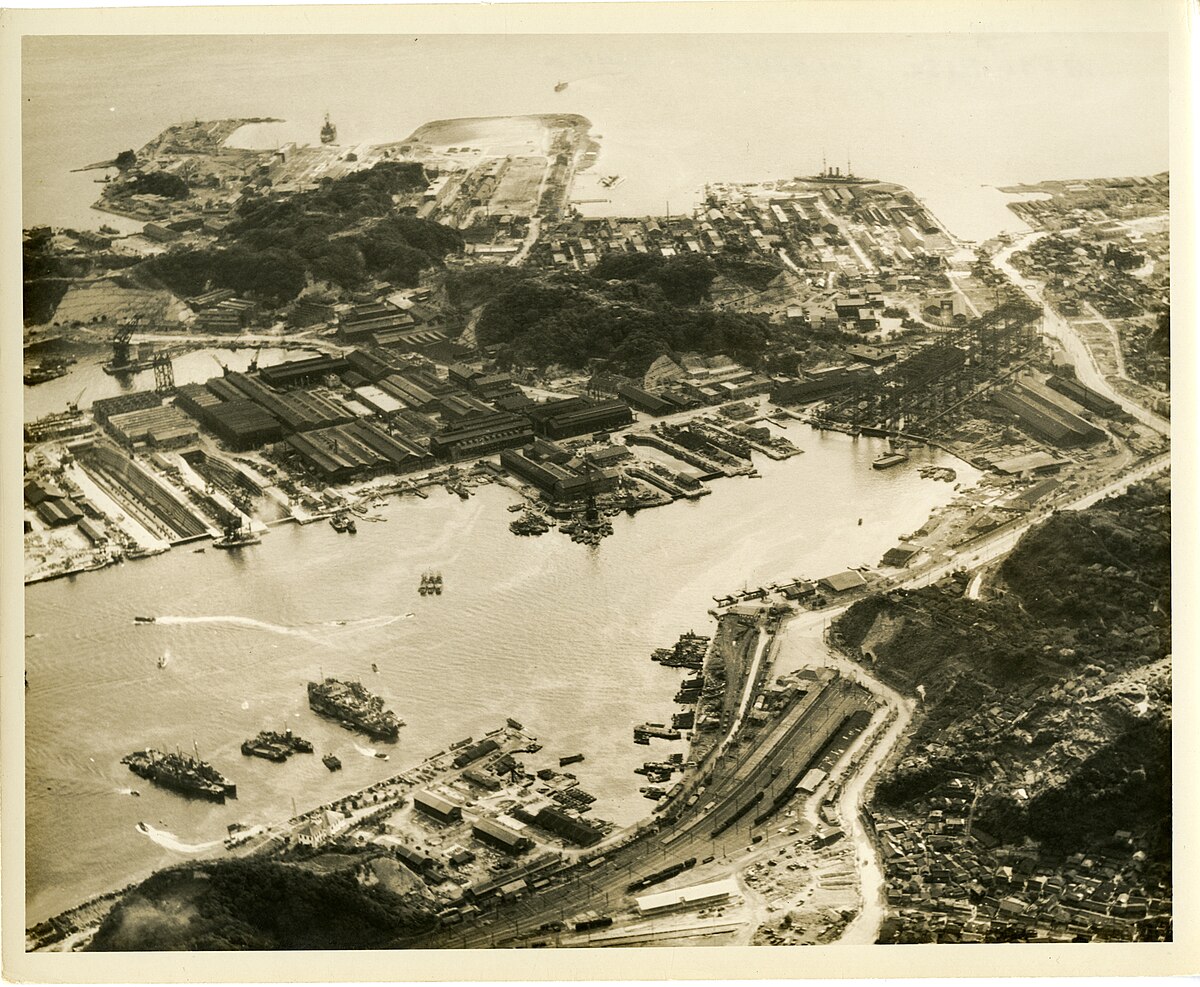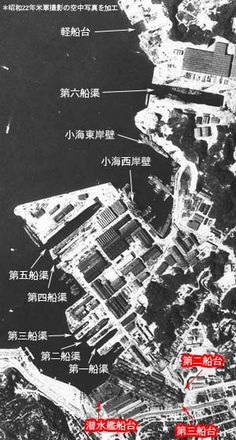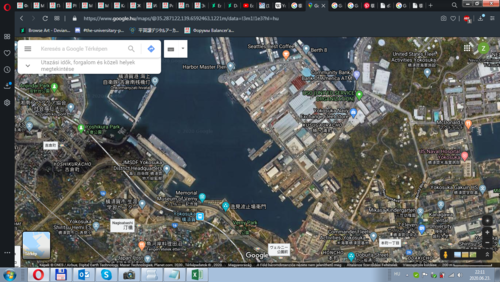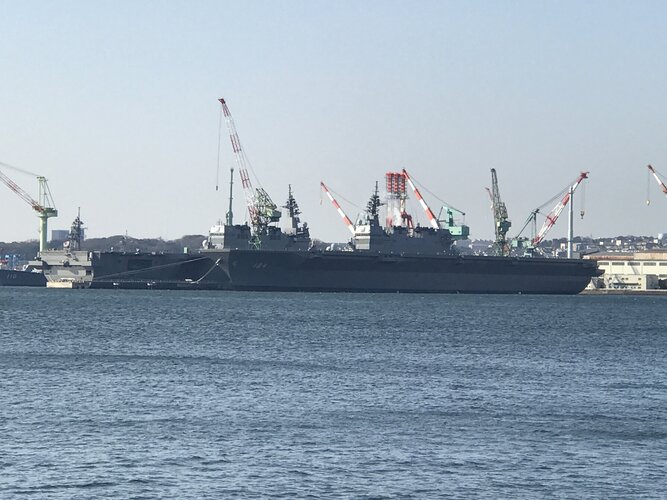- Joined
- 1 February 2011
- Messages
- 2,615
- Reaction score
- 2,545
It is well known fact that the hull of then under construction battlecruiser IJN Amagi lead ship of her class and which was chosen together with her sister IJN Akagi to become aircraft carriers got seriously damaged during the Great Kanto Earthquake happened in 1923 September 1st.
Due to the damage on the hull the Imperial Japanese Navy had to chose a different ship for conversion into an aircraft carrier hence the ex battleship then still under construction IJN Kaga became the second capital ship / carrier conversion of the IJN.
For ages (at least to me) the only photo of the damage on Amagi was this small sized image found on the net and mostly on wikipedia:

 en.wikipedia.org
which shows the Yokosuka Naval Arsenal's shipyard from an aerial perspective.
en.wikipedia.org
which shows the Yokosuka Naval Arsenal's shipyard from an aerial perspective.
But a few weeks ago I've found (again on a Russian forum!! ) this great, high resolution image which shows much more detail :

It is described that hull bended soo much, repair was not feasible. On this high resolution image the bending was more clearly visible but also what looks like a significant break crossing at the middle of the hull!
Due to the damage on the hull the Imperial Japanese Navy had to chose a different ship for conversion into an aircraft carrier hence the ex battleship then still under construction IJN Kaga became the second capital ship / carrier conversion of the IJN.
For ages (at least to me) the only photo of the damage on Amagi was this small sized image found on the net and mostly on wikipedia:

Yokosuka Naval Arsenal - Wikipedia
But a few weeks ago I've found (again on a Russian forum!! ) this great, high resolution image which shows much more detail :

It is described that hull bended soo much, repair was not feasible. On this high resolution image the bending was more clearly visible but also what looks like a significant break crossing at the middle of the hull!



